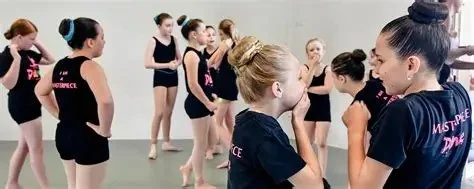
- 1-What Is a Dance School?
- 2-What Is a Dance Hall?
- 3-Key Differences Between Dance Schools and Dance Halls
- 4-How Dance Schools Impact the Dance Community
- 5-Why Choosing a Dance School Matters
- 6-Real Life Example: Dance Schools and Halls in Action
1. What Is a Dance School?
A dance school is an institution dedicated to providing formal dance education and training. These schools offer structured programs where students learn various dance styles such as ballet, jazz, hip hop, ballroom, and contemporary. Dance schools often provide opportunities for students to perform, participate in competitions, or pursue dance professionally. They may have certified instructors who teach technique, theory, and performance skills.
Dance schools are typically focused on educating dancers of all levels—from beginners to advanced practitioners. Their main goal is to foster growth in both technical skills and artistic expression, ensuring students are well-prepared for a potential career in the dance industry. Some well-known dance schools, like the American Dance Academy, offer specialized classes in different genres, catering to a wide range of age groups and skill levels.
2. What Is a Dance Hall?
A dance hall, on the other hand, is a venue where people gather to dance, typically to live music or recorded music. Dance halls have historically been places where social dancing takes place, often in a more informal setting than a dance school. These spaces can vary in size, ranging from large ballrooms to smaller clubs, but they are generally designed for public entertainment and social interaction rather than focused education.
While dance halls are a fun environment for people to dance recreationally, they don't offer structured lessons or technical training. Instead, they provide a space for social dancing, where individuals of all skill levels can enjoy dancing for leisure. Some dance halls may host themed dance nights or classes, but the focus is more on the social aspect than formal education.
3. Key Differences Between Dance Schools and Dance Halls
Although both dance schools and dance halls share the common theme of dancing, they serve very different purposes. The primary differences lie in their function, structure, and the environment they offer:
- Purpose: Dance schools are focused on teaching dance, with structured programs aimed at skill development. Dance halls are more about providing a venue for recreational and social dancing.
- Atmosphere: Dance schools create an environment conducive to learning and practice, while dance halls are generally social spaces where people go for fun.
- Instructors: Dance schools have professional instructors who guide students through structured classes. Dance halls may have DJs or live bands, but they don't offer formal dance education.
- Learning vs. Socializing: Dance schools focus on developing technical skills, while dance halls are places where individuals can practice what they've learned or simply dance for enjoyment.
In essence, a dance school is a place for structured learning, while a dance hall is a place for social interaction and fun. Many dancers attend both, but they serve distinct roles in the dance world.
4. How Dance Schools Impact the Dance Community
Dance schools play a pivotal role in shaping the dance community by nurturing talent, preserving dance traditions, and providing a platform for dancers to grow. They offer an organized way for individuals to explore their passion for dance, whether for personal enjoyment or as a stepping stone to a professional career.
Furthermore, dance schools help promote cultural exchange by teaching different dance styles from various regions of the world. This exposure can be especially valuable in a diverse society like the United States, where individuals can learn dance forms that might not be native to their culture.
Institutions like American Dance Academy provide not only technical training but also foster a sense of belonging within a supportive community of dancers. This sense of community is crucial for aspiring dancers, as it allows them to share experiences, collaborate, and grow together.
5. Why Choosing a Dance School Matters
Choosing the right dance school is essential for anyone looking to improve their dance skills or pursue a career in dance. The right school can provide the technical training, mentorship, and exposure to opportunities that will help dancers thrive. Here are a few reasons why selecting a dance school is crucial:
- Quality of Instruction: A good dance school will offer instructors who are experienced, knowledgeable, and passionate about teaching.
- Structured Learning: Dance schools provide a well-rounded curriculum that focuses on building a strong foundation in various dance techniques.
- Opportunities for Advancement: Many dance schools offer performance opportunities, competitions, and pathways to professional careers in dance.
- Community Support: A good dance school fosters a supportive environment where students can connect with others who share their passion for dance.
Ultimately, choosing a dance school that aligns with your goals and values is essential for your development as a dancer. Whether you're looking for recreational fun or professional training, the right school can make all the difference in your dance journey.
6. Real Life Example: Dance Schools and Halls in Action
A real-life example of the contrast between a dance school and a dance hall can be seen in the experiences of two individuals. Sarah, an aspiring ballet dancer, enrolled in a local dance school to refine her technique and gain the discipline needed for professional auditions. She trained with experienced instructors, participated in recitals, and received personalized feedback that helped her grow as a dancer.
On the other hand, Mark, a social dancer, enjoys going to dance halls on weekends to practice his salsa moves and socialize with others. Although he has basic dance skills, he prefers the relaxed, fun atmosphere of the dance hall to the structured environment of a school. For Mark, the dance hall is where he can enjoy dancing as a hobby, while Sarah uses her dance school as a stepping stone toward a professional career.
This comparison highlights how both spaces play an essential role in the dance world, offering different experiences for different types of dancers.
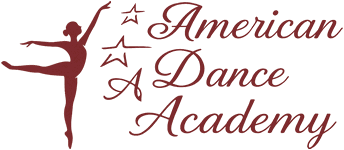
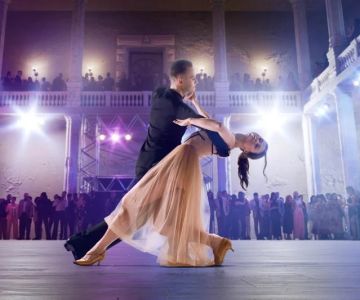
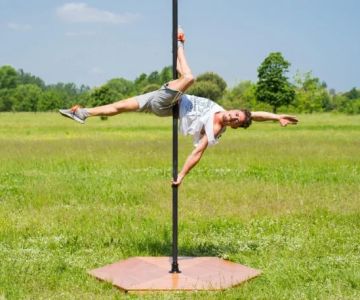
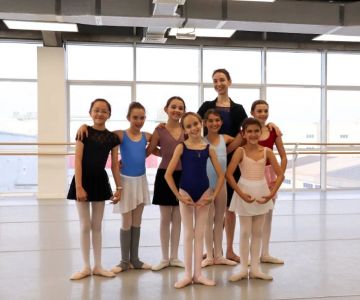
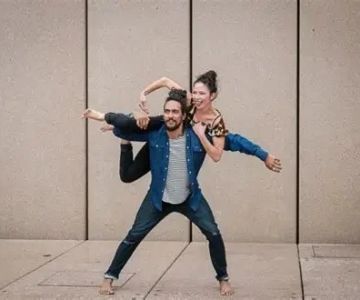
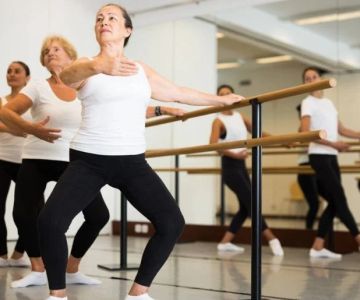
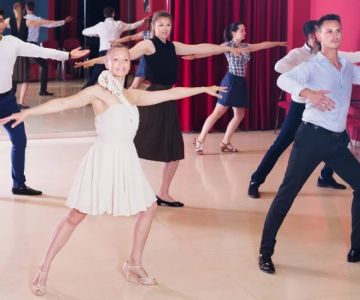
 Barrington Dance Academy5.0 (22 reviews)
Barrington Dance Academy5.0 (22 reviews) Canyon Concert Ballet4.0 (17 reviews)
Canyon Concert Ballet4.0 (17 reviews) Big City Dance Center LLC4.0 (25 reviews)
Big City Dance Center LLC4.0 (25 reviews) Tye Chua Dance & Kalamazoo Ballet5.0 (18 reviews)
Tye Chua Dance & Kalamazoo Ballet5.0 (18 reviews) Fenton Ballet Theatre4.0 (24 reviews)
Fenton Ballet Theatre4.0 (24 reviews) Front Street Dance Center5.0 (7 reviews)
Front Street Dance Center5.0 (7 reviews) Are There Dances in Middle School? What Students and Parents Should Know
Are There Dances in Middle School? What Students and Parents Should Know How a Dance School in Instagram Builds Community and Success
How a Dance School in Instagram Builds Community and Success Why Do Schools Teach Square Dancing?
Why Do Schools Teach Square Dancing?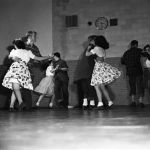 Why Was Square Dancing Taught in School?
Why Was Square Dancing Taught in School? Why Swing Dance Is Popular for Adults
Why Swing Dance Is Popular for Adults A School Dance: How to Prepare, Shine, and Make It Unforgettable
A School Dance: How to Prepare, Shine, and Make It Unforgettable